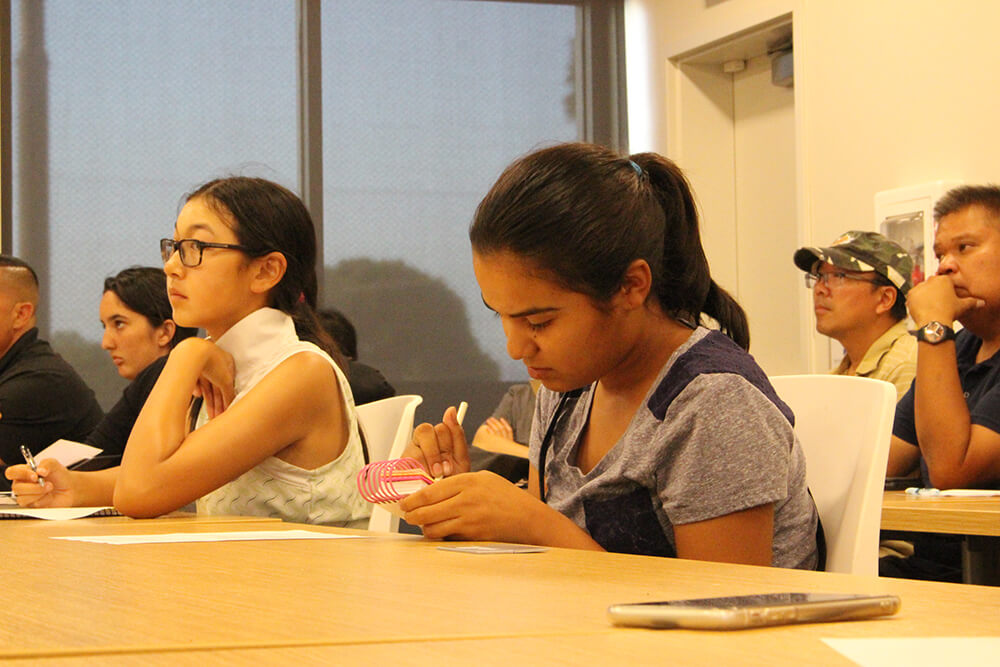As a junior golfer, you might be planning or hoping to someday have the opportunity to play college golf. Representing a university, carrying a team bag and being a student-athlete is a wonderful experience. With so many different colleges and golf programs to choose from, you may wonder, “How do I begin to start my journey to play college golf?” Here are some general themes for junior golfers and their families to consider with respect to the college recruiting process.
The world of college golf has varying levels of competitive opportunities. One thing is for certain; there is a place for everyone to play college golf if they are willing to commit themselves to hard work both in the classroom and on the golf course.

Have the proper perspective – The recruiting process can be unpredictable and is ever changing. Understanding that there is a place for everybody to play college golf is an important perspective to maintain throughout the recruiting process.
Take an inventory of your golf and academic abilities – Evaluate your current academic resume (GPA & SAT/ACT once you get to high school) and your future academic goals. Additionally, take an honest inventory of your tournament results and competitive experience. Finally, what is your commitment to both academics and golf? Do your daily habits align with your goals? This honest self-evaluation will provide you the proper perspective as you begin to target schools that match your academic and golf credentials.
Do your due diligence online – An essential aspect of being proactive is researching your schools of interest. Use the Ping American Golf Guide, Golfstat and Junior Golf Scoreboard as resources as well as each university’s website. Pay particular attention to the scoring averages of the top-five players. Ask yourself, if only five players travel, how would I potentially fit?

Send your information to your target list of schools – Once you have done your due diligence online you can develop a preliminary list of schools. The golf coach of each respective school should be sent an introductory letter, golf and academic resume, swing video and upcoming tournament schedule. I also suggest you select a few “reach” schools as well as a few “safety” schools to compliment your list of potential “best-fit” schools. It is also a good idea to complete the athletic questionnaires for your schools of interest.
Visit campuses – Visits are one of the most important items in the recruiting process. The opportunity to see campuses you’re interested in firsthand (preferably while classes are in session), meet the coach and players and tour the golf facilities is essential. Equally important is seeing other on-campus attractions, such as the dorms, recreation center, library and dining areas. If you are unable to meet the coach during your visit, make sure to follow up with them via email to let them know you have seen the campus and surrounding area. Recruits are allowed to visit DI campuses beginning Aug. 1, prior to their junior year of high school. Note: Due to the ongoing COVID-19 crisis, there is an ongoing NCAA Dead Period for Division I & II through May 31. Coaches are not allowed to meet with any recruits on or off campus.
Attend a college golf tournament – Observe the level of play and the way college coaches interact with their players as well as the overall atmosphere of a college golf event. Admission is free and the public is welcome. Check Golf Stat or a local university’s website to find a tournament near you.

Compete – Compete in multi-day tournament at the local, regional or national level. The level of competition you choose will depend on your abilities, age and college ambitions. Multi-day tournaments are the most similar to the college format and will provide coaches the necessary information to properly evaluate you as a prospective student-athlete.
Know the NCAA Rules – Understanding the NCAA rules and regulations will allow you to confidently communicate with college coaches (DI and DII coaches are allowed to call, email and text you beginning June 15, prior to your junior year in high school) as well as ensure you are meeting the necessary academic requirements to compete in college. Familiarize yourself with the NCAA recruiting rules and eligibility requirements and utilize the 2019-20 Guide for the College Bound Student-Athlete as your “go to” resource.
Promote yourself and continually revise your target list of schools – As you navigate the recruiting process, it is imperative you continually evaluate your target list of schools to ensure they align both with your abilities and your college ambitions. If you are not getting the interest from specific coaches or schools, it may mean you need to broaden your scope of schools to include other regions of the country and/or less competitive programs. I encourage you to also take a close look at Division II, Division III, NAIA and junior colleges. Remember the name or division of the school does not define your “success” and most important is identifying YOUR best-fit university.
In the recruiting world it is important to be positive, remain open to all possibilities and be proactive. Remember, there is a place for everybody to play college golf. Utilize the aforementioned recommendations as you navigate your way to college golf.
Good luck!
Have a question about navigating the road to college golf? Recruiting? What it takes to be a college golfer? Submit your questions here to be answered in upcoming content!
Ted Gleason is a veteran of the college golf space having spent seven years as a Division I coach and 14 years consulting for juniors and their families to help them navigate the college golf recruiting space. Gleason strongly believes that every junior golfer can find a place to play college and believes in the importance of finding the right college for each junior. Gleason hosts several college prep programs with SCGA Junior each year. Learn more about Ted and get involved here.

